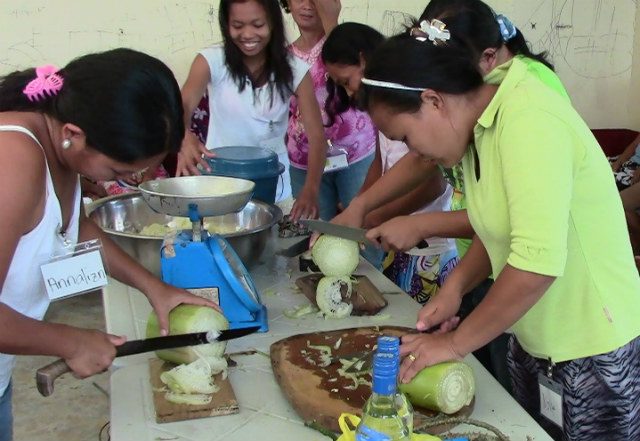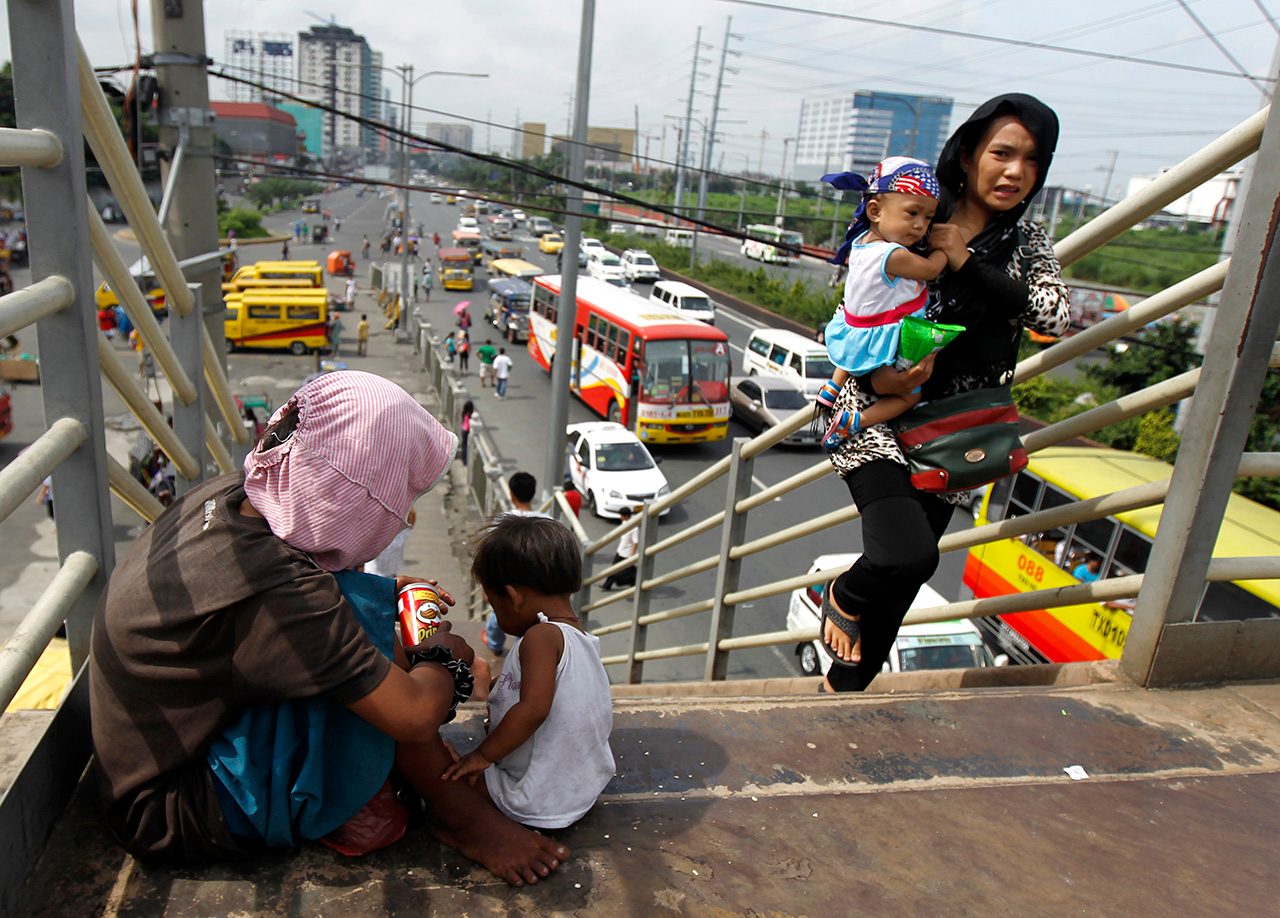SUMMARY
This is AI generated summarization, which may have errors. For context, always refer to the full article.

MANILA, Philippines – Social protection programs that are targeted at women have a higher chance of effectively addressing food insecurity and malnutrition, a recent report by the Food and Agricultural Organization (FAO) said.
The 2015 State of Food and Agriculture (SOFA) report found out that maternal and child welfare are enhanced if the programs are “gender-sensitive, lessen time constraints of women, and strengthen their control over income.”
By empowering and giving women these opportunities, the intergenerational cycle of poverty – which leads to another cycle of malnutrition – is prevented. (READ: Ending the malnutrition cycle)
According to the UN Research Institute for Social Development, social protection refers to programs and policies that seek to decrease poverty.
Coming in various forms, including social safety nets and social welfare, these programs also help lessen the vulnerability of people to poverty and the hunger trap in the face of risks such as natural disasters.
Existing inequality
The effectiveness of social protection programs was seen prior to the deadline of the Millennium Development Goals, the 2015 State of Food Security in the World (SOFI) revealed.
A 2014 study by the World Bank, meanwhile, said that these programs should be included in the post-2015 agenda to prevent approximately 150 million people from falling into the poverty trap. However, focusing on women would have a greater impact on the problems of food insecurity and malnutrition. (READ: Social protection programs vital to fight vs hunger)
According to the FAO report, gender inequality persists in the aspect of decision- making and control over household income across countries – even in the distribution of social protection programs.
Since men are more likely to have access to productive access such as livelihood, they are given more attention when it comes to investments and projects.
The “undeniable” benefit when women have more influence on economic decisions within a household isn’t maximized due to inequality and ultimately, the lack of resources. (READ: Why many of the hungry are women)
As opposed to men who focus on “long-term investments,” women tend to allocate more income – and even their savings – to basic necessities such as food, health, education, and child nutrition. They take on a very decisive role in food security and welfare of their children as opposed to men, the FAO report added.
In order to maximize this, the international organization said that social protection programs should empower women more by enabling them to access the same resources and employment through the development of their skills.
Ultimate end
This notion is often overlooked when designing social protection programs for the poor. In order to be effective, FAO suggests that the designs of these programs should consider the role of women in the household.

Women, in the traditional sense, are responsible for caring for the family – preparing meals, bathing the child, and cleaning the house, among others. In rural areas, they also do work in the farm with the men of the family.
Filipino women, according to a report by the International Labor Organization (ILO), provide 84% of their time in the household to care for children.
This can be seen in the programs implemented by the Department of Social Welfare and Development (DSWD), including the Pantawid Pamilyang Pilipino Program (4Ps) and the Sustainable Livelihood Programs (SLPs).
A family-beneficiary that has 3 children may receive up to P1,400 ($30)* a month or P15,000 ($331) a year. However, they have to follow the conditions set by the DSWD, such as regular health center visits and improved class attendance of the school children.
It is often the mother who makes sure the children comply with conditions set. To utilize this, the welfare department provides livelihood workshops for them through the SLPs. (READ: Struggling out of the poverty trap)
It also provides mothers – even solo parents – an avenue to augment the family income without leaving their children unattended while their husbands work, a common scenario among Filipino families.
The initiative of the DSWD paves the way for mothers – a total of 4,436,732 families in 2015 – to have an active role in ending poverty and food insecurity in their families without compromising their roles in the household. (READ: Where in the PH are the Pantawid beneficiaries?)
This is vital as social protection, according to the 2015 SOFA report, only reduces – not eradicates – hunger and poverty. – Rappler.com
Add a comment
How does this make you feel?
There are no comments yet. Add your comment to start the conversation.